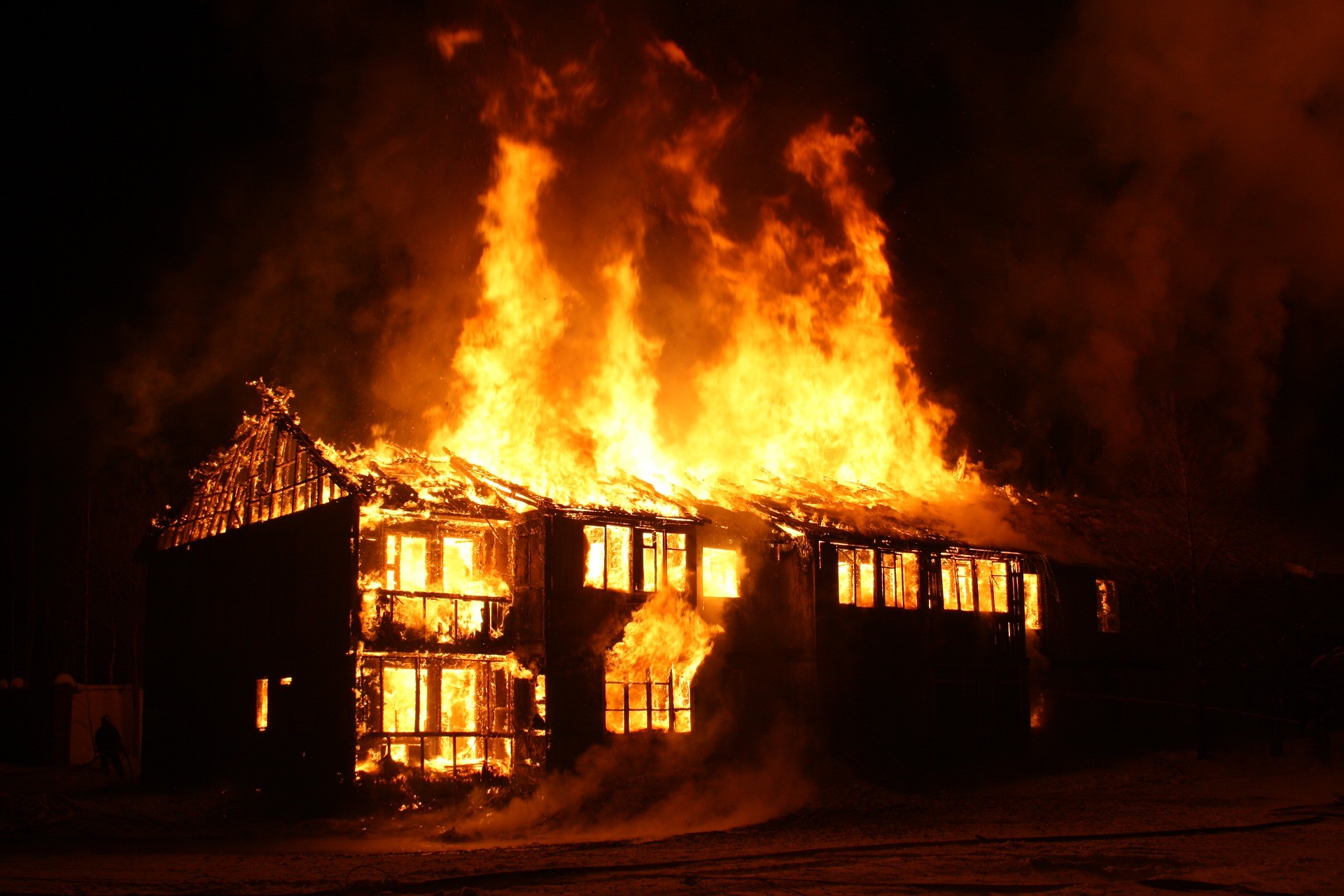Natural disasters are every homeowner’s worst nightmare. Some of the most common natural catastrophes in the United States include floods, droughts, wildfires, blizzards, tornadoes, heat waves, earthquakes, and thunderstorms. Billion-dollar disasters have been increasing over time. In the 1980s, most years experienced 2.7 such occurrences per year. By the 1990s and 2000s, that average nearly doubled to 4.6 and 5.4, respectively. Since 2010, that figure has soared to 10.5 disasters per year. Here are some tips on how to protect yourself, your family, your pets, and your home when disaster strikes.
How to Protect Yourself
The emergency plan you use when disaster strikes will depend on the specific disaster. During a hurricane, for instance, stay away from the windows, as strong winds might pummel the glass to shards. Go to the lowest floor in the house and bring your survival supplies with you. If a thunderstorm is raging outside, get low to the ground. Avoid showering and stay away from plugged-in devices that could spew electrical sparks. Meanwhile, with wildfires, everything changes in an instant. Watch the news to stay updated about wildfires in your area and be prepared to evacuate immediately.
Have a Disaster Kit
A disaster kit is basically your survival toolbox. People keep them in their cars, around their houses, at work, or in any other easy-to-access areas where they can get to them when an emergency strikes. Generally, it’s recommended you have enough supplies to last up to 72 hours. Most disaster kits should contain the following items: A whistle, a dust mask, a first-aid kit, a can opener, a wrench or pliers, a battery-powered radio, moist towelettes, and garbage bags. If you have an infant, you might also put diapers or instant formula on that list. A tent, rain gear, a compass, disinfectant, signal flares, and a fire extinguisher all come in handy, too. Also, be sure to pack appropriate clothing and bedding for extreme weather, including a hat and gloves, sturdy shoes, and a sleeping bag.
Tornado Alley
HomeAdvisor notes, “Although they are mostly associated with the Midwest and ‘Tornado Alley,’ no state is immune to tornadoes. Even sunny California experienced seven of them in 2014. Therefore, it only makes sense to take some precautions and have procedures in place in the event of a tornado.” In recent history, there were just under 30 tornadoes ranked “strong to violent” in intensity between 2012 and 2014. About 1,000 tornadoes tear through the US each year. If you do hear a tornado siren go off, take shelter in your basement or storm cellar. Cover yourself with pillows, blankets, or a mattress, or crouch under a table. While you can’t outrun a tornado (since their average speed is 30 mph), the good news is that most generally don’t last more than 10 minutes.
House Fires
Among the most terrifying natural disasters are house fires. The ongoing drought in California, for instance, led to rapid wildfires that decimated or severely damaged 8,400 homes or buildings in 2017. Many house fires can ignite from inside the home as well. To prevent this, hire a professional to treat your chimney flue at least once a year. Remove the lint from your dryer filter before you use it. Keep ricks of firewood in a warm, dry space away from your house. Always extinguish any smoking material before going to bed, and never force a three-pronged plug into a two-slot outlet.
It’s worth keeping in mind the recent examples of New Orleans, Houston, and Puerto Rico. These are all places rich with history that, even in the 21st century, were devastated by natural storms, leaving people stranded without aid for days and even weeks. With the increasing pressures of climate change, extreme weather is becoming more common. Research which natural disasters are most common in the area you live, so if an emergency ever does strike, you’ll be prepared.

Image via Pixabay
Go back



Share This